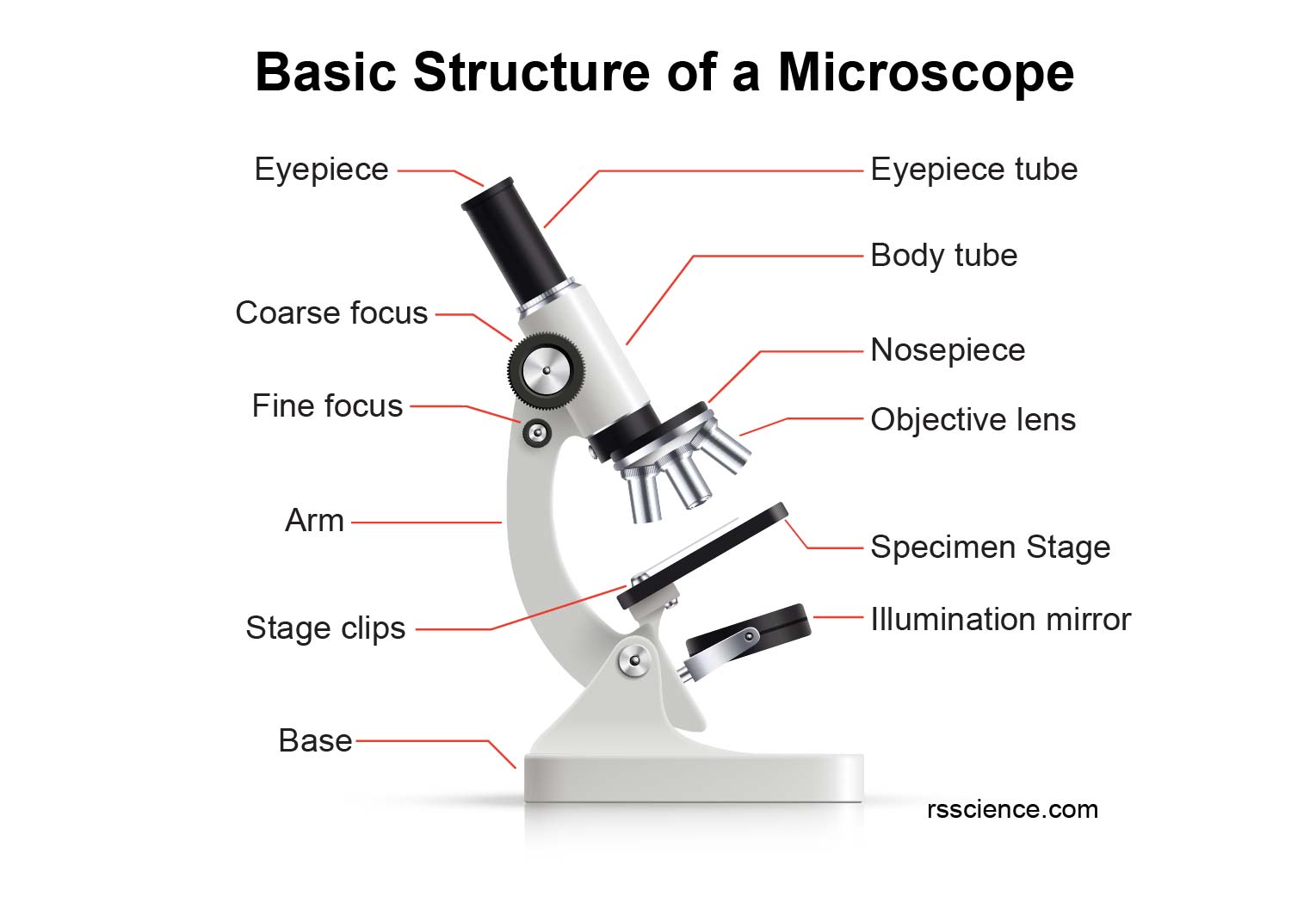
The low-power objective lens has more magnification power than the scanning objective lens, and it is one of the most helpful lenses for general viewing purposes.


The name “scanning” objective lens comes from the fact that they provide observers with enough magnification for a wide overview of the slide, essentially a “scan” of the slide. The most common lenses are: Scanning objective lens (4x)Ī scanning objective lens is the lowest magnification of all objective lenses. Most of the time a compound microscope comes with 3 or 4 objective lenses. magnification) and color-code label on the side. A collection of objective lenses.Įach objective has its information (i.e. The objective lenses are the most important parts of a microscope. Objective lenses collect the light passing through the specimen and focus the light beam to form a magnified image. Objective lenses are the primary optical lenses for specimen visualization on a microscope. A trinocular microscope has an additional third eyepiece tube for connecting a microscope camera. The eyepiece tube is flexible and can be rotated/adjusted to fit the users’ distance between two eyes (interpupillary adjustment). Binocular microscopes have two eyepieces that allow you to see with both your eyes. It also places the eyepiece and the objective lenses within a distance range, generating in-focus images.įor monocular microscopes, there is only one eyepiece tube. It holds the eyepiece in the right place that aligns perfectly with the objective lenses. The eyepiece tube carries the eyepiece lens.

You may exchange with an optional eyepiece ranging from 5x – 30x. The standard eyepiece has a magnification of 10x. The eyepiece (or ocular lens) is the lens at the top of a microscope that the viewer looks through. In contrast, “simple microscopes” have only one convex lens and function more like glass magnifiers. Compound microscopes generate magnified images through an aligned pair of the objective lens and the ocular lens. The term “compound” refers to the microscope having more than one lens. Optical components of a compound microscope


 0 kommentar(er)
0 kommentar(er)
